I bought a "Waterproof" vintage watch, let's go diving!
Bad idea.
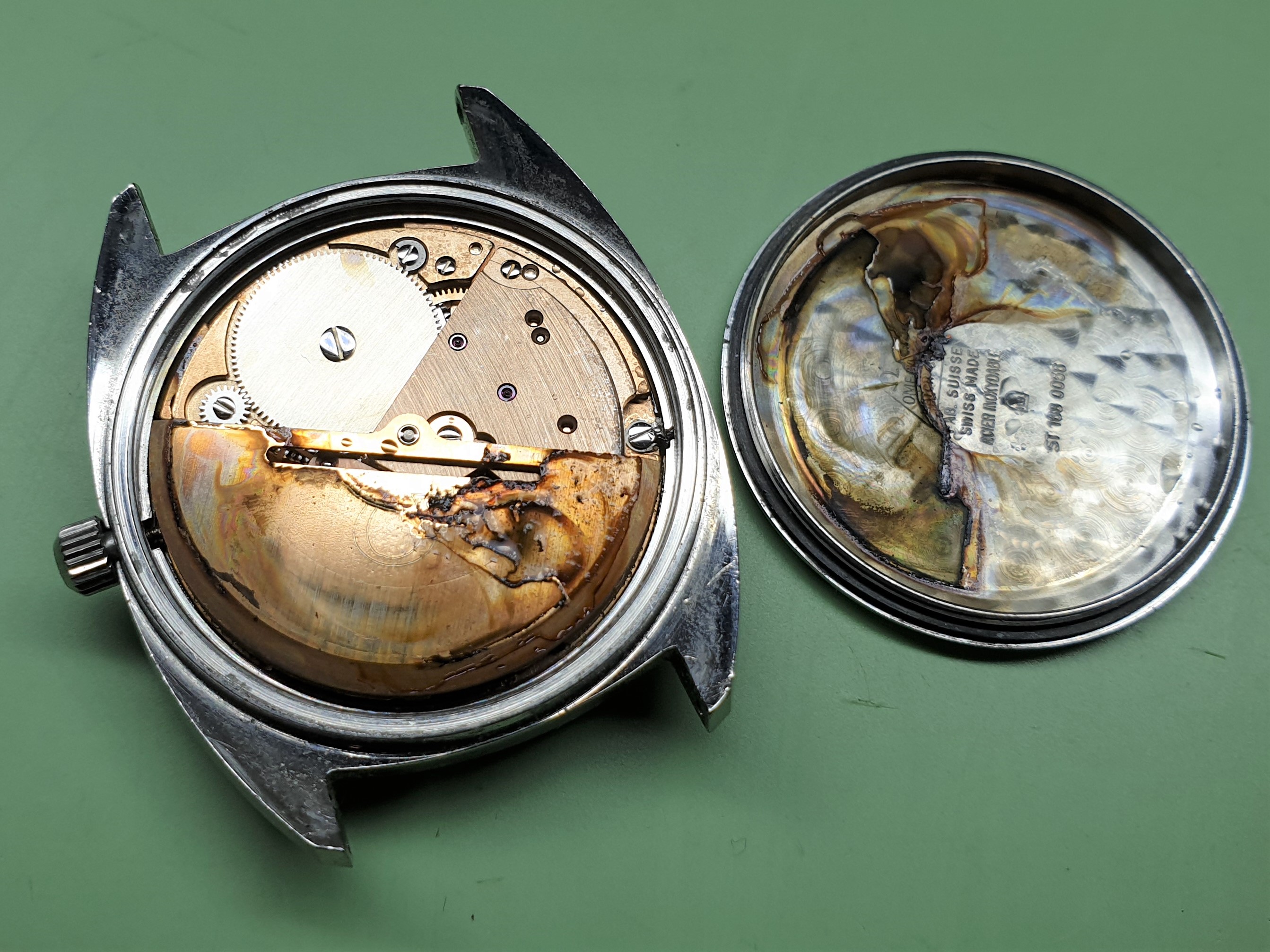
So you think to yourself "WTF"? My watch clearly says "Waterproof" on the back?
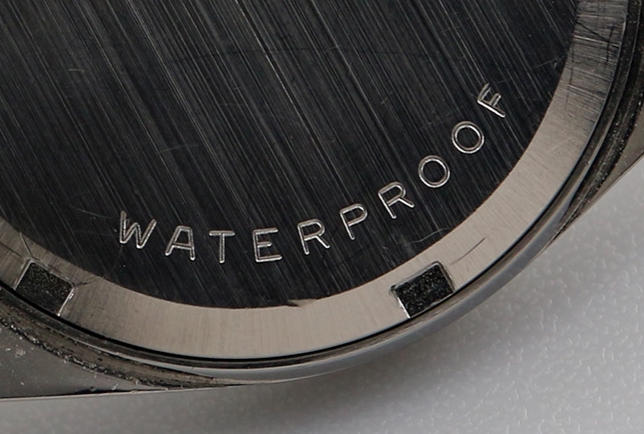
Yep, it does. And no, it isn't. It wasn't even waterproof when it was new some 50+ years ago. No watches are waterproof, in fact. There are just degrees of water resistance. That is why you no longer see watches carrying "Waterproof" markings. Nowadays they will say for instance "Water Resist 3 ATM" or similar. So what's the story here?
Reality, meet Marketing.
Back in the day, the term Waterproof was not meant literally. It was really a marketing term used on sports watches to let customers know the watch could be submerged without being destroyed. There was no scientific definition of it, e.g. how deep it could be submerged, for how long etc. Which also means it couldn't actually be trusted when the watch was new. There is a great article on the evolution of so-called Waterproof watches here: The Evolution of the Waterproof Watch (vintagewatchstraps.com)
Still, inventions and patents for waterproofing watches must always be seen in the context of them being employed in new watches. Thinking it applies to 60 year old watches is kind of like thinking Usain Bolt will be able to run at world record speeds 60 years from now when he's 90 years old. He probably won't.
But a watch is not flesh and bones, so why does it not stay waterproof?
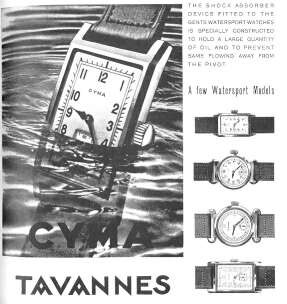 To make these entry points water resistant they need to fit extremely tightly together. With only metal such as steel and brass, this is simply not possible, there will always be small irregularities in the finishing of the metal. Just take a look in a microscope of what looks like a smooth surface, and you'll see a lot of small bumps and ridges.
To make these entry points water resistant they need to fit extremely tightly together. With only metal such as steel and brass, this is simply not possible, there will always be small irregularities in the finishing of the metal. Just take a look in a microscope of what looks like a smooth surface, and you'll see a lot of small bumps and ridges.
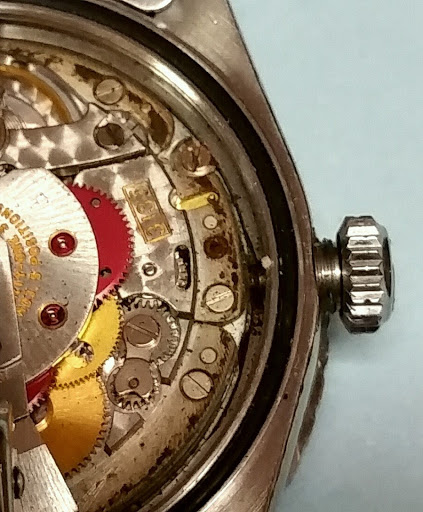
What water resistance ratings actually mean
Bad idea.
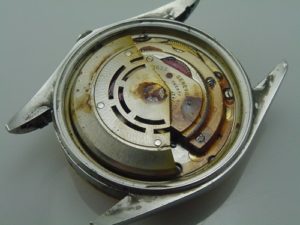
3 ATM is actually defined as being splash proof, meaning that the watch will not be destroyed by walking outside while it rains, or washing your hands. So do not take your 3 ATM watch swimming. What about 5 ATM? Can your 5 ATM watch be taken down to 40 meters under the sea, or about twice as much as tourist submarines? No, no and no. It is only when you get to 10 ATM's and higher that you are actually moving towards watches that can be considered for taking into the water. There's a great article about that here: EXPLAINED: Just how waterproof is your wristwatch? (timeandtidewatches.com)
For vintage watches the choice is often between originality or water resistance
A vintage watch can certainly be made water resistant to a reasonable degree. But for that to happen, the crown will need to be replaced. The crown and stem has at least one rubber gasket, and the same effect of removing and replacing it as discussed above applies, only to an even stronger degree.
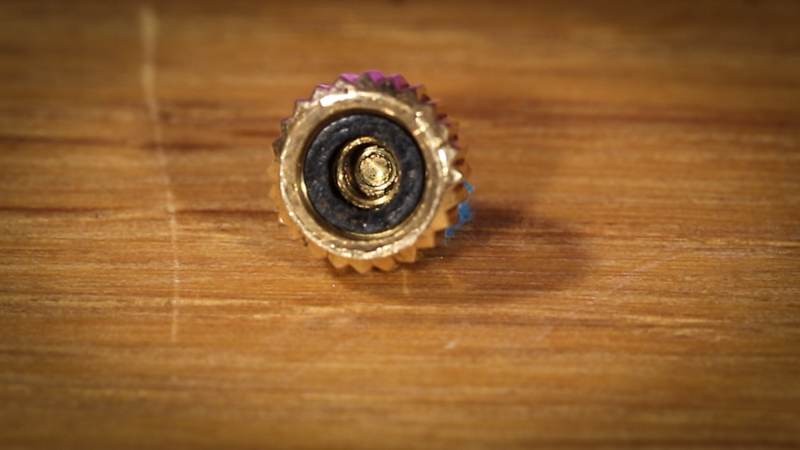
These gaskets are very small and much more difficult to remove whole and replace with the fit necessary to create strong water resistance. And just the time needed to do this to achieve water resistance is enough to make it not economically viable in our modern society. So the only really viable option for making the crown water resistant to a high degree is to replace it. And therein lies the rub; original crowns for a 50+ year old watch are no longer made, and if you even find one, you're still left with the same gasket problem. So do you want to have your vintage watch in original condition or do you want to have it water resistant? Most owners would say they want their watches in original condition with the original crown. That is far more valuable than making the watch a bit more water resistant (and it looks a whole lot better too).
Finally, does it really matter?
Well, not really... at least not in our opinion. You can of course use your vintage watch as any other dress watch. You can walk outside if it rains with it, you can wash your hands after a toilet visit with it etc. Just do not believe the 60+ year old marketing hype; it is not waterproof!


 Swiss Franc (CHF)
Swiss Franc (CHF)
 Euro (EUR)
Euro (EUR)
 US Dollar (USD)
US Dollar (USD)
 Canadian Dollar (CAD)
Canadian Dollar (CAD)
 Hong Kong Dollar (HKD)
Hong Kong Dollar (HKD)
 Australian Dollar (AUD)
Australian Dollar (AUD)
 British Pound (GBP)
British Pound (GBP)
